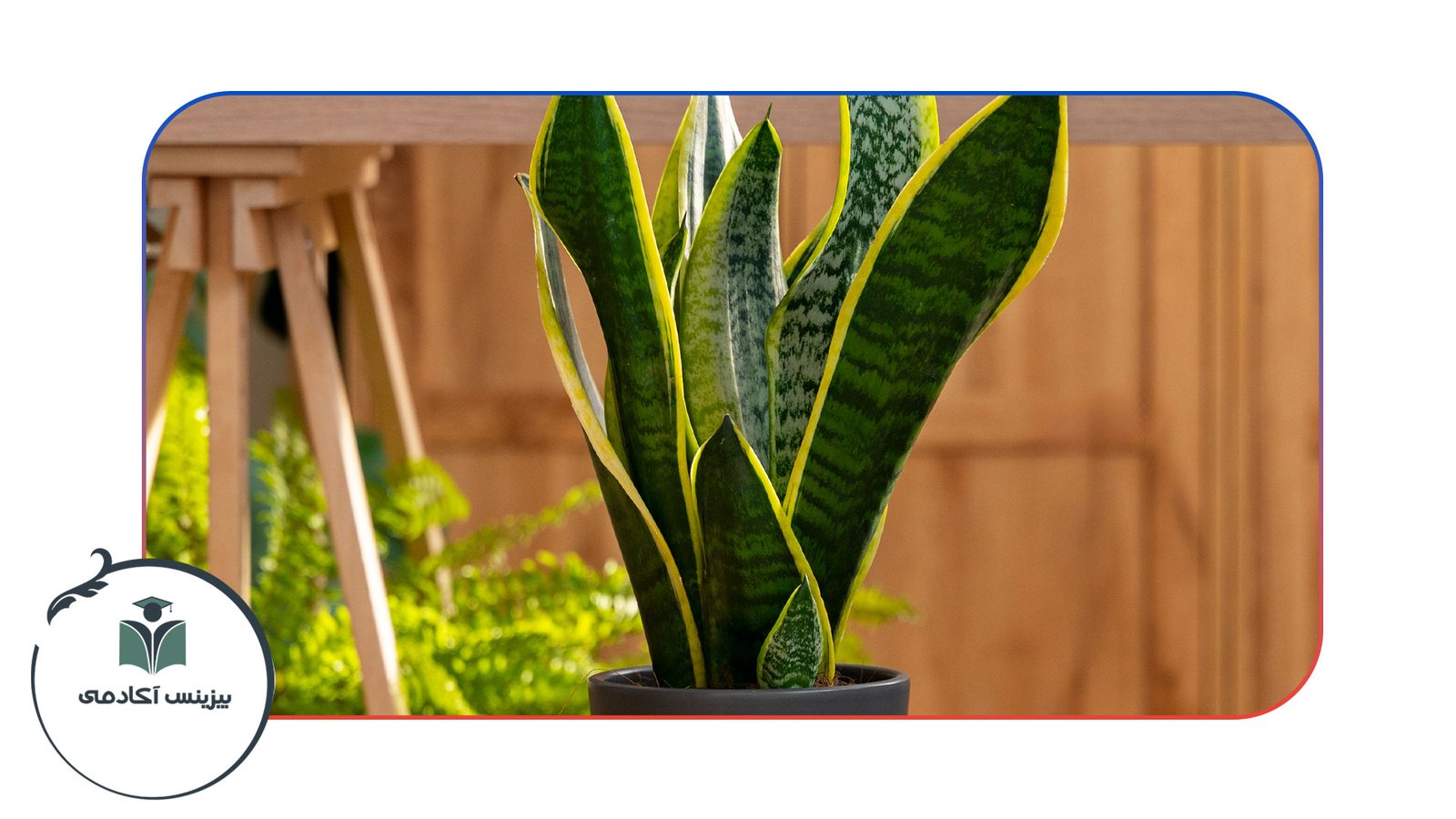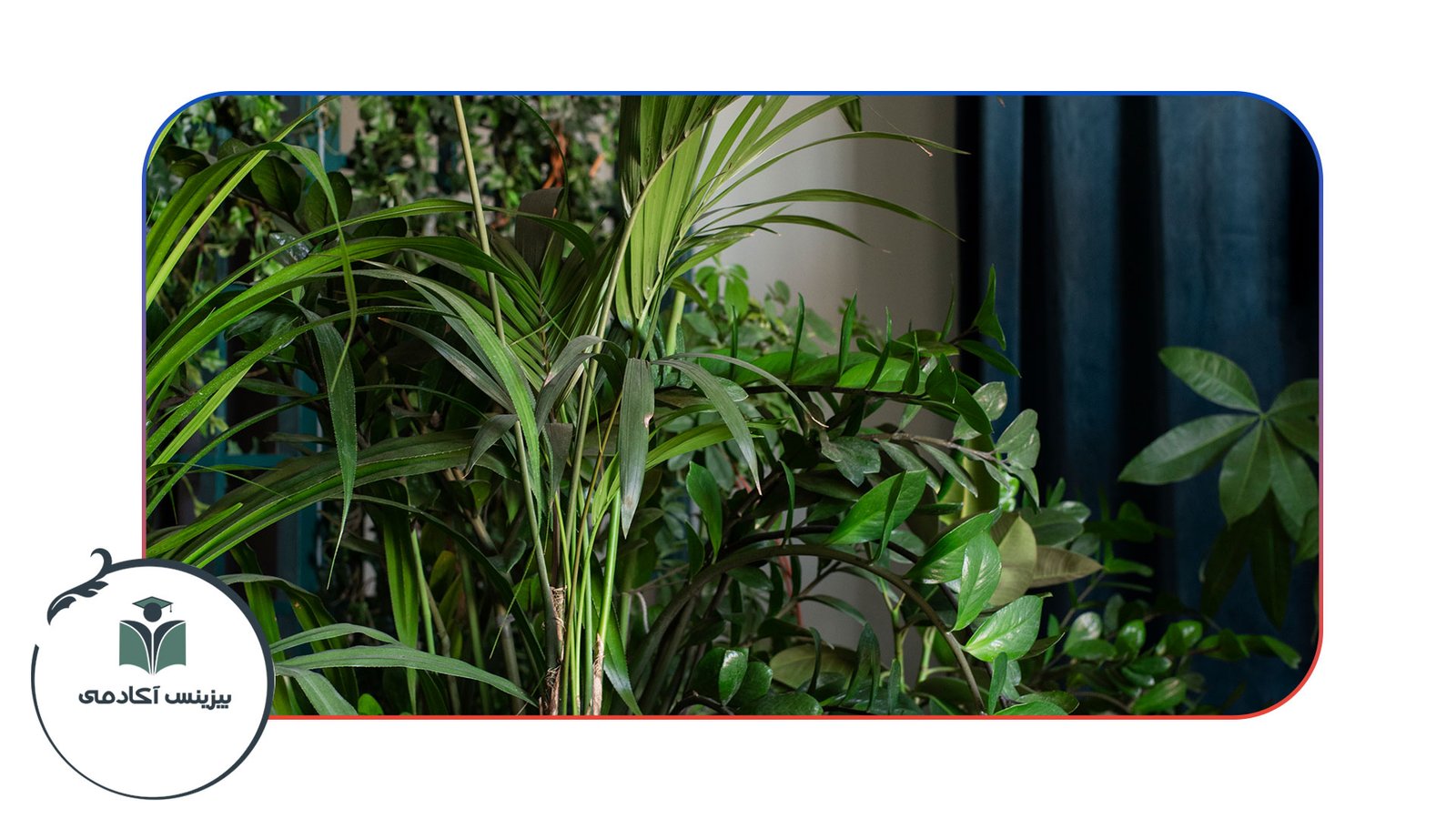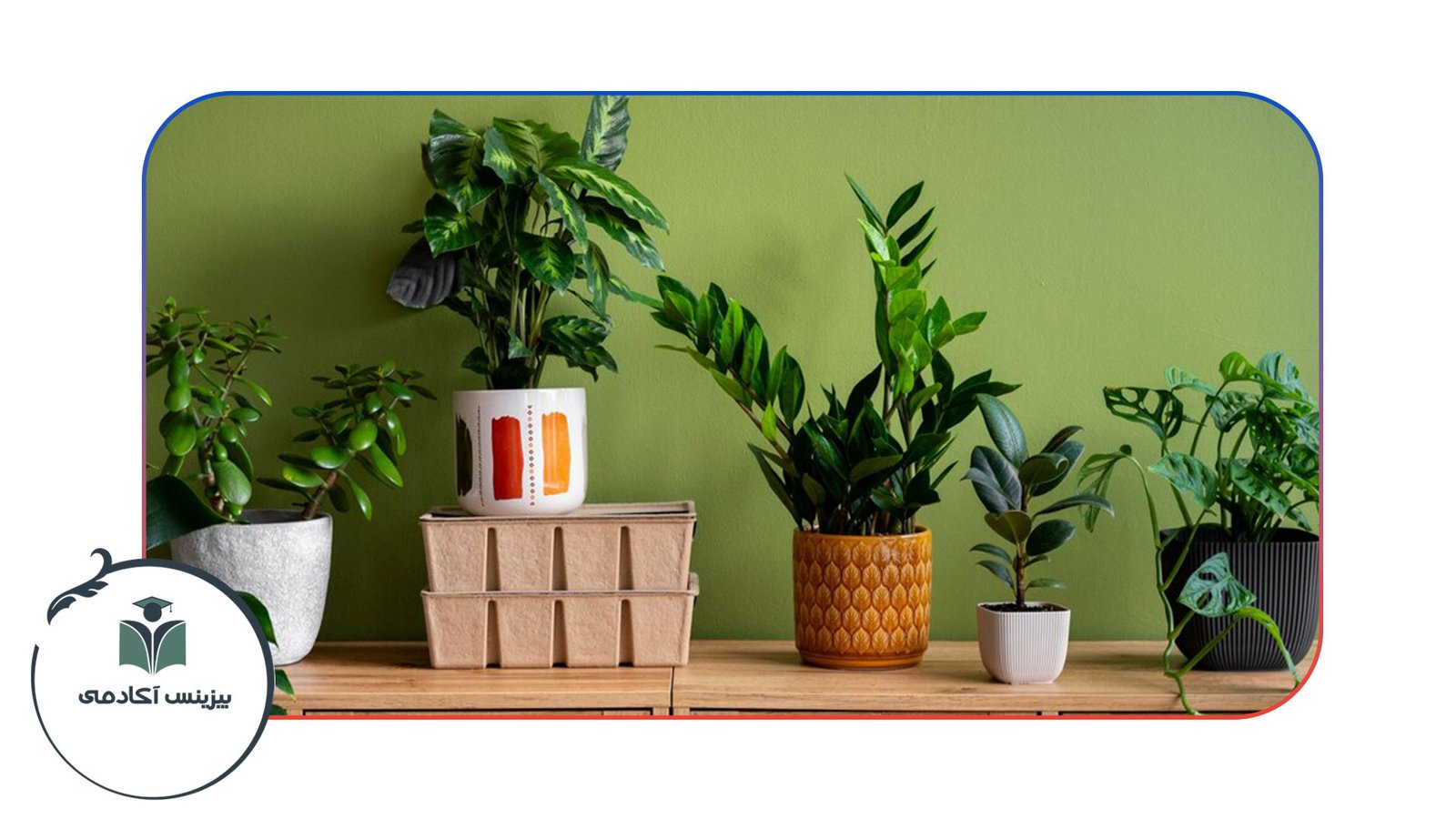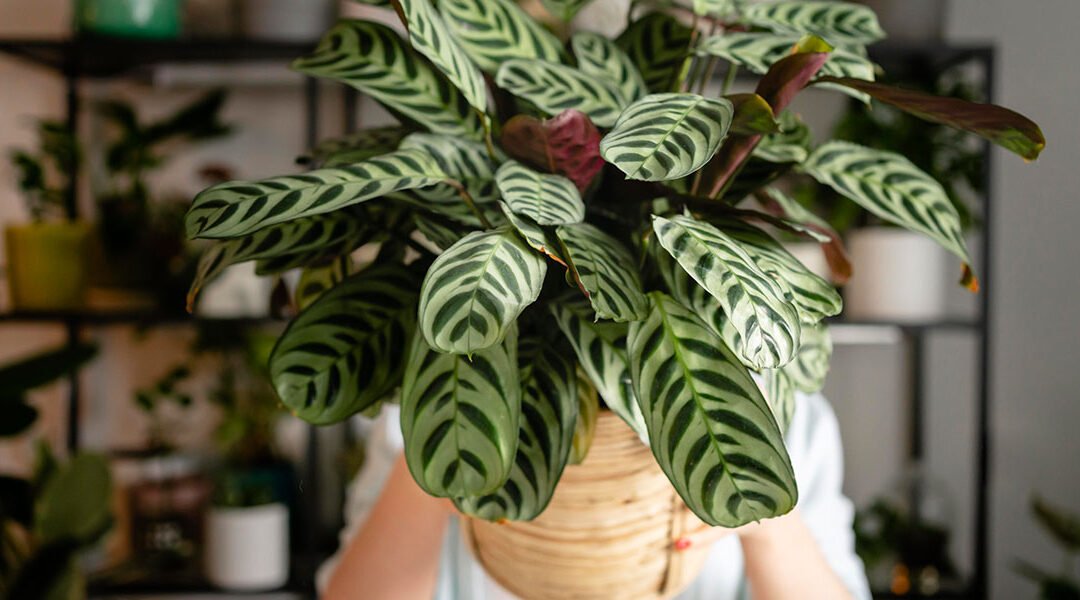Indoor plants have become a cornerstone of modern home decor, offering not only a touch of nature but also a calming atmosphere. When it comes to adding aesthetic appeal to your indoor space, few things can beat the beauty of plants with vibrant and striking foliage. Whether you’re setting up an indoor farm or simply looking to improve the aesthetic of your living room, plants with beautiful foliage can provide the perfect solution.
In this guide, we’ll explore some of the best indoor plants with beautiful foliage, how to care for them, and the benefits they bring to your home. We’ll also touch on how these plants can play a key role in indoor farming and sustainable living, even inspiring ideas for those interested in ventures like Starting a Small Hydroponic Farm or embracing Cafe Farming.

The Benefits of Indoor Plants with Beautiful Foliage
Incorporating plants with stunning foliage into your home or workplace has numerous benefits. Not only do these plants enhance your decor, but they also offer a range of practical advantages.
-
Air Purification: Indoor plants, especially those with lush foliage, are great at filtering toxins from the air. Plants like the ZZ Plant and Calathea can help remove harmful substances like formaldehyde and benzene, promoting better air quality.
-
Mood Enhancement: Studies have shown that indoor plants help reduce stress and improve overall mental well-being. With the growing interest in indoor farming, the calming presence of plants can create a peaceful environment conducive to relaxation or productivity.
-
Aesthetic Appeal: Foliage plants add year-round beauty to your indoor space. Whether it’s the vibrant colors of Coleus or the sleek leaves of a Bird of Paradise, the foliage serves as a focal point that complements any decor style.
Best Indoor Plants with Beautiful Foliage

1. Calathea (Prayer Plant)
The Calathea plant is known for its stunning foliage with intricate patterns and striking colors, including green, purple, and red hues. These plants are perfect for creating a vibrant atmosphere indoors.
-
Care Tips: Calatheas thrive in low to medium light conditions and require consistent moisture in the soil. Regular misting helps maintain the humidity they love, making them ideal for indoor farming environments.
-
Why Choose Calathea?: The bold patterns and variety of colors in the foliage make it an excellent choice for anyone looking to add a touch of nature indoors. Plus, it’s pet-friendly!
2. Bromeliad
With its bright, bold foliage and stunning flower blooms, the Bromeliad is a standout. The stiff, arching leaves of the Bromeliad create a stunning rosette pattern that’s a focal point in any indoor setting.
-
Care Tips: Bromeliads prefer bright, indirect light and need water in their central rosette rather than the soil. They’re perfect for small-scale indoor farms or Cafe Farming projects, where their bright colors can add a pop of nature.
-
Why Choose Bromeliad?: Their colorful leaves and low-maintenance care make them a perfect addition to any indoor farming space or cafe-inspired indoor garden.
3. ZZ Plant (Zamioculcas zamiifolia)
The ZZ Plant is known for its glossy, dark green leaves and adaptability. It’s an ideal choice for people interested in indoor farming because it requires minimal care and can thrive in low-light conditions.
-
Care Tips: ZZ plants are drought-tolerant and require little water, making them perfect for busy indoor farmers or those managing multiple plants in an indoor farm setup.
-
Why Choose ZZ Plant?: With its sleek, modern look and resilience, the ZZ plant can thrive in various environments, from homes to hydroponic farming systems.
4. Bird of Paradise (Strelitzia reginae)
The Bird of Paradise plant features large, glossy leaves that resemble tropical palm fronds, making it a dramatic addition to any space. The plant is also known for its stunning flowers, though its foliage is equally captivating.
-
Care Tips: Bird of Paradise plants require bright, indirect light and regular watering. They do well in larger indoor spaces and could even be incorporated into larger indoor farming setups that aim to grow a variety of plants.
-
Why Choose Bird of Paradise?: If you’re looking to create a vibrant, tropical aesthetic, this plant provides large, striking foliage that can be the centerpiece of your indoor farm or cafe-inspired space.
5. Pothos (Epipremnum aureum)
Pothos is one of the most common indoor plants, known for its heart-shaped, variegated leaves. It’s easy to grow, adaptable, and perfect for beginners interested in starting an indoor farm.
-
Care Tips: Pothos can tolerate a wide range of light conditions, from low light to bright, indirect light. It’s perfect for adding foliage to shelves, hanging baskets, or creating a lush, green backdrop in hydroponic farming systems.
-
Why Choose Pothos?: With its trailing vines and easy care, Pothos is ideal for those starting a small hydroponic farm or integrating plants into a cafe farming setup.
6. Coleus (Solenostemon scutellarioides)
Coleus plants are renowned for their colorful foliage, which comes in vibrant combinations of red, purple, pink, and green. This plant can add a pop of color to any indoor space.
-
Care Tips: Coleus prefers bright, indirect light and needs regular watering. It can thrive in both soil-based and hydroponic environments, making it a great addition to a hydroponic farm or Cafe Farming setting.
-
Why Choose Coleus?: The variety of colors and patterns in its foliage make Coleus a versatile option for creating visual interest and color in any indoor farming system.
How to Care for Indoor Plants with Beautiful Foliage

To successfully grow plants with stunning foliage, it’s essential to understand their unique care requirements. Whether you’re into indoor farming or simply enjoy the beauty of plants, here are some essential tips.
1. Light Requirements
Plants like Pothos and Coleus thrive in bright, indirect light. However, other plants such as ZZ Plants can tolerate low light. Understanding your plants’ light needs is crucial, especially if you plan to integrate them into a larger hydroponic system where light can be controlled more easily.
2. Watering Tips
Different plants have different water requirements. For example, Calathea plants prefer consistently moist soil, while ZZ plants prefer to dry out between waterings. Proper watering is essential, especially when growing plants in hydroponic systems, where water and nutrients are delivered directly to the roots.
3. Humidity and Temperature
Many indoor plants, particularly tropical varieties, thrive in high humidity. If you’re growing plants in a controlled environment, such as a hydroponic setup, consider using a humidifier or placing plants on a humidity tray to maintain optimal conditions.
Conclusion
Indoor plants with beautiful foliage are a perfect way to bring nature indoors and enhance your living or working space. Whether you’re planning to integrate them into an indoor farming system, start a small hydroponic farm, or create a stunning cafe-inspired garden, these plants provide both beauty and functionality. By following the proper care tips, you can ensure that your indoor plants flourish and continue to brighten your space.
Frequently Asked Questions (FAQ)
1. Can I grow indoor plants with beautiful foliage in a small hydroponic system?
Yes, many indoor plants like Pothos and Coleus can be grown in hydroponic systems. These systems provide an efficient way to grow plants without soil, making it easier to maintain water and nutrient levels.
2. What are the benefits of Cafe Farming for indoor plants?
Cafe Farming is a sustainable way to incorporate plants into cafes or restaurants, improving the air quality, creating a calming ambiance, and offering customers a connection to nature. Plants with beautiful foliage are particularly suited for these environments.
3. How often should I water my foliage plants in a hydroponic system?
In a hydroponic system, plants receive water directly to their roots. Ensure that the system is regularly maintained, and the water levels are adjusted to provide the right amount of hydration for each plant.
4. Can I use hydroponic systems for all indoor plants?
While most indoor plants, including Calathea and ZZ Plants, can thrive in hydroponic systems, it’s essential to select the right plants for your specific system. Some plants may require specific adjustments to thrive in a soil-free environment.
5. How can I start my own small hydroponic farm?
Starting a small hydroponic farm involves selecting the right plants, setting up a hydroponic system, and ensuring proper light, water, and nutrients. Consider starting with easy-care plants like Pothos before expanding your system.

